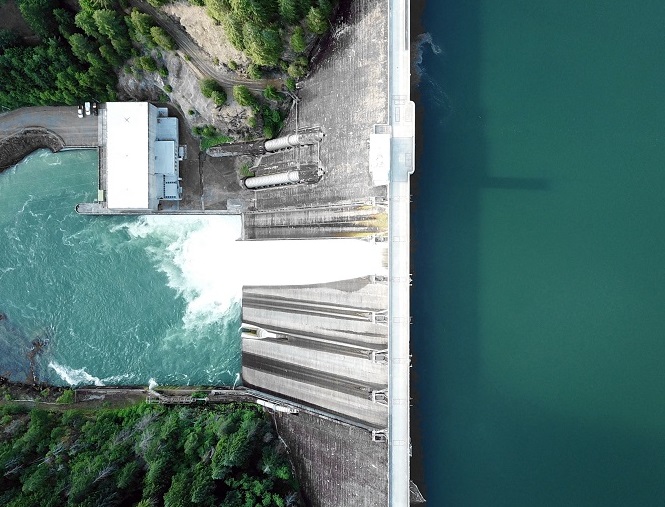Globally, there is a growing lack of water. Half of the world is experiencing droughts, floods, and unclean water, and the issue urgently calls for significant private funding. With the rise of globalization, this seems to be of greater importance. It will worsen if current economic and social tendencies are not significantly reversed.
Due to a changing climate, an expanding global population, a booming global economy, and changing dietary habits, there is an increasing concern over water scarcity. The difficulties caused by water scarcity are developing as a strategic concern for enterprises and their financial sponsors worldwide.
Global Water Crisis, also called Code Red for Humanity, is a problem in many parts of the world due to changing environmental conditions, rising consumption, and poor water quality brought on by shifting needs, pollution, and inadequate infrastructure. Major aquifer levels falling, rivers drying up and maybe not reaching the oceans, and reduced environmental fluxes contribute to water stress, harming water quality, ecosystem services, and aquatic life.
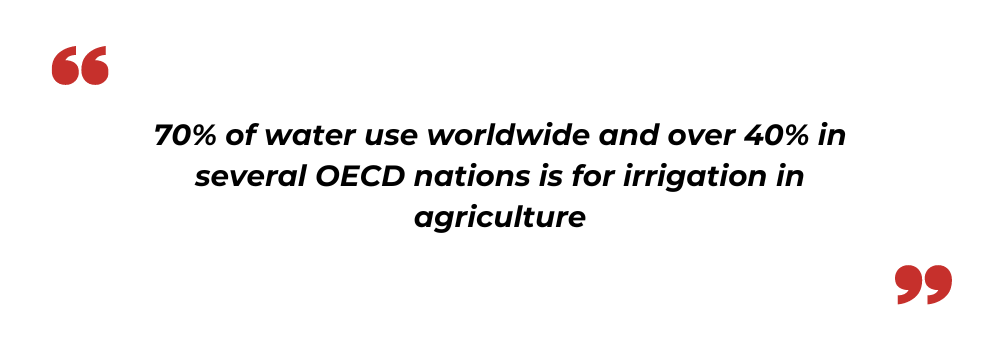
Major Areas Water is Used
Both direct and indirect uses of water exist. Indirect uses of water include producing steel for automobiles and processing wood to manufacture paper, while direct uses include bathing, drinking, and cooking. Water is mostly used for agriculture, manufacturing, and energy worldwide. The most typical applications of water include:
1. Agriculture
It's simple to overlook that we utilize water in ways that aren't always obvious. Our favorite products are produced with the help of water, and it also helps our businesses function smoothly. 70% (OECD) of water use worldwide and over 40% in several OECD nations is for irrigation in agriculture.
One important industry that significantly affects how effectively water is distributed is agriculture. The largest straw on the earth is there, and the sustainability and accessibility of the source would be significantly impacted by increasing agricultural water use efficiency. Our drinking water efficiency can also be improved while reducing our carbon footprint.

2. Industrial
Numerous industrial processes employ water, such as dilution, steam production, cleaning, and cooling of production equipment. Industrial water is also used as wastewater from specific industrial processes or as cooling water for energy production in fossil fuel and nuclear power plants. To run their everyday operations, commercial and institutional buildings such as offices, schools, hotels, hospitals, restaurants, and other similar establishments consume a lot of water and energy. To lower their risk of water shortages and rising prices, owners and managers should be more conscious of the need to use water more efficiently.
3. Household and Drinking
Municipal water is used for private, domestic, or public uses. Usually, the water we use for drinking, cleaning, washing, and cooking is the most "visible" type of water. The use of water in our daily lives is significant because we rely on it for a wide range of activities. Water is necessary for every household activity, including showering, tooth brushing, coffee, eating, and washing clothes. Water is in short supply due to excessive use and waste.
4. Recreation
Water and its recreational applications have long been acknowledged to impact health and well-being significantly. Whether they are seas, lakes, rivers, pools, or spas, clean, well-maintained recreational water areas serve as a community hub and a financial incentive for visitors and sporting events. However, as anthropogenic activity and climate change worsen, more waterways and coastal beaches are vulnerable to contamination from sewage overflows that haven't been cleaned, animal waste runoff from surrounding farms, or algae blooms brought on by excessive nutrient loads.
5. Thermoelectricity/Energy
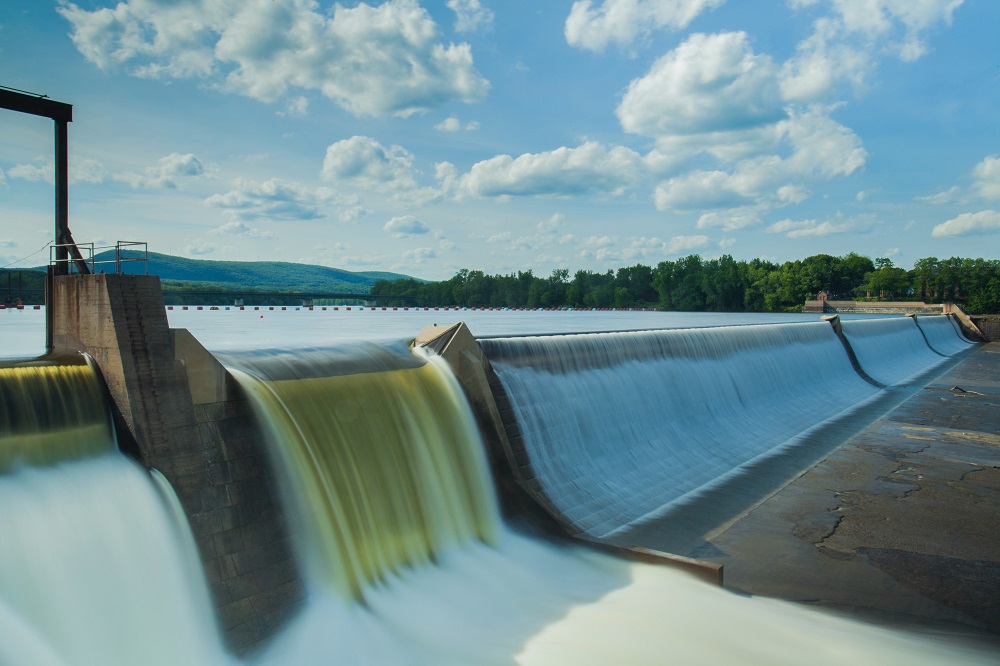
Water is used for thermoelectric power when steam-driven turbine generators are utilized to produce electricity. Throughout the year and worldwide, water demand for thermoelectric usage changes according to various factors, including climate, population density, emerging technology, conservation initiatives, cost, and cultural preferences. Water is mostly employed in thermoelectric power generation to cool the electrical generating machinery.
Need to manage water concern
A decline in reservoir water levels and a drop in groundwater tables pose serious risks to human health, the environment, and water supplies. It is very important to be concerned about potential water supply problems. Governments, which normally offer these services, are under pressure from this convergence of circumstances to find funds. One of the main remedies to the issue is private funding and support from that industry.
Public institutions and societies fail to address the socioeconomic and environmental problems, as seen by the growing water shortage and the critical need for infrastructure upgrades worldwide. This makes way for private initiatives like impact investing and corporate social responsibility. Utilizing water more effectively contributes to keeping supplies at acceptable levels, safeguarding both the environment and human health. Around 4 billion (UNICEF) people worldwide are affected by water scarcity.
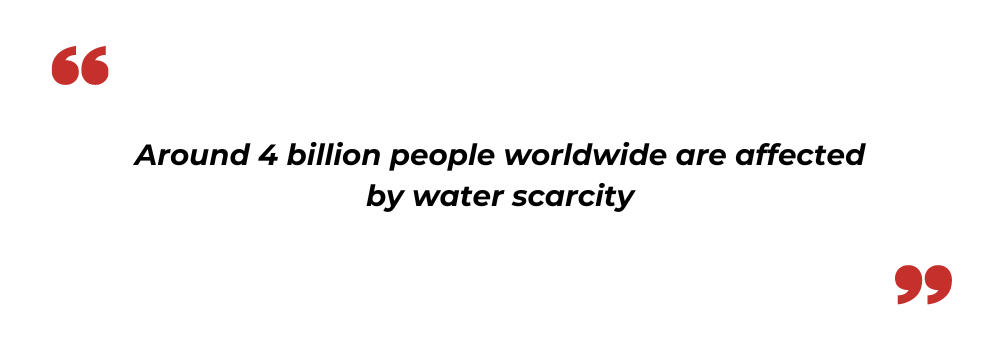
Role Of the Private Sector
Private financing is desperately needed to solve this issue because conventional funding sources are insufficient. Private investors have many chances to participate in initiatives to address the water shortage. Private investors can lessen the effects of water scarcity and earn sizable returns by investing in water efficiency and conservation.
Private investment and the private sector can contribute to reducing the global water crisis in advanced and middle-income economies. A valuable collaborator is a private sector. The strategy is now referred to as the "dot connector." working with utilities to enhance and broaden services for the underprivileged. Collaborating with governments to develop policies that will expand access to services for citizens.

Large investors can make direct investments in "water assets" or even larger minimum investments through venture capital, private equity, and hedge funds. "Water assets" might include water-rights-holding property, utilities, infrastructure initiatives, and start-up businesses that develop water-related technology.
Also Read - Britain is shrinking due to climate changes - Here is everything you need to know!
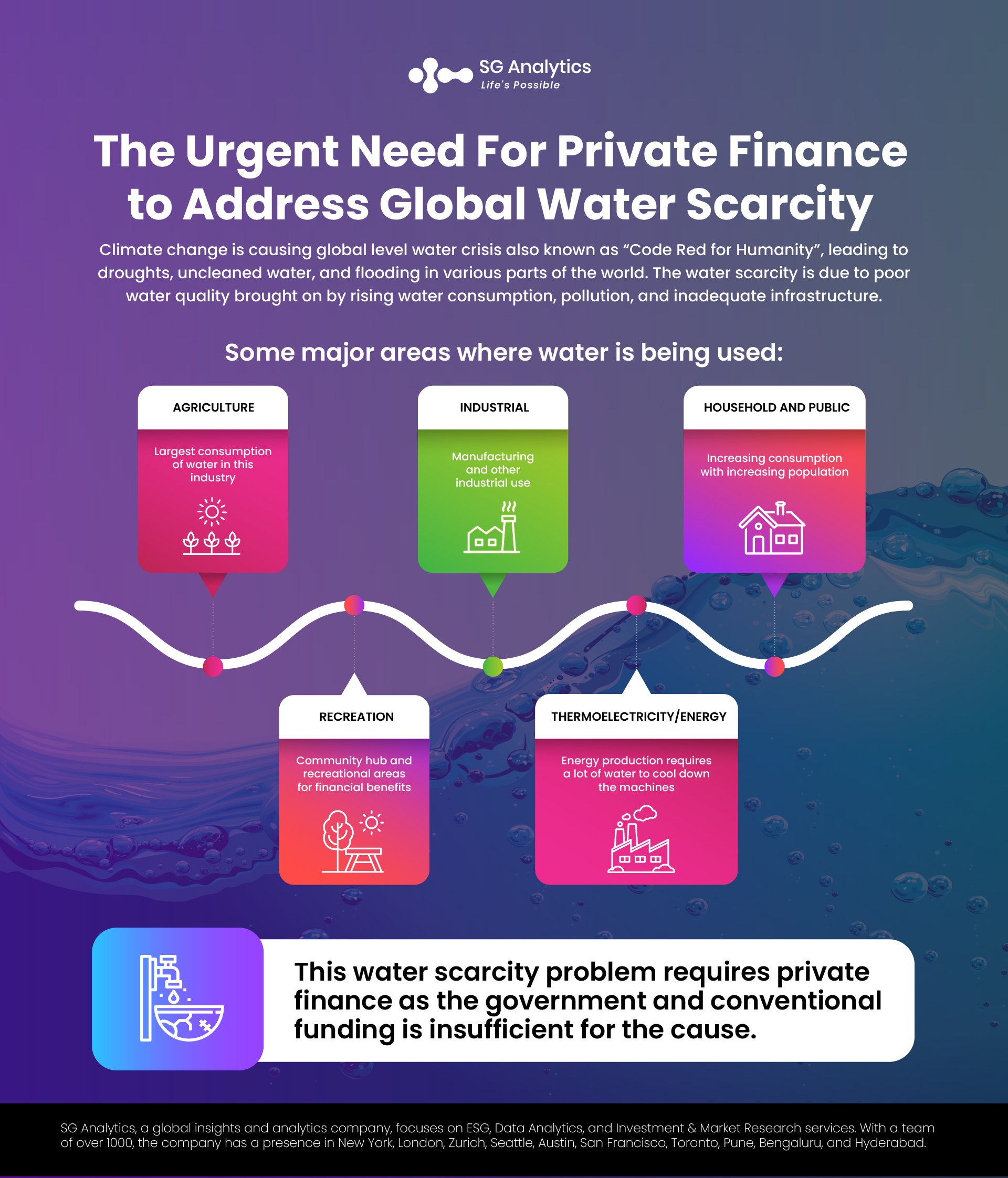
Conclusion
According to research, ensuring water for our societies by 2030 might cost just over 1% (World Resource Institute) of global GDP — roughly 29 cents per person per day from 2015 to 2030.
Global water crises are already affecting many parts of the world, resulting in disastrous consequences for people and the environment. Although water is regarded as a renewable resource, in many places of the world, water supplies are now so scarce or contaminated that they cannot keep up with rising demands. While there are numerous aspects to water scarcity, the environmental and social aspects that are emphasized are highlighted by water stress and shortage indicators.
According to the leader of one of the world's biggest independent financial consulting and advisory organizations, the situation is "code red for humanity" since half of the planet is currently experiencing disasters like floods, droughts, and unclean water. The difficulties are felt more keenly in developing nations, where most of the world's new population is born each year. This has become a significant barrier to corporate operations and economic growth.
Less water draining into the sewer means more water for us to enjoy in lakes, rivers, and streams and more water for wildlife to survive. However, there is rising support for increased private sector participation and investment.
With a presence in New York, San Francisco, Austin, Seattle, Toronto, London, Zurich, Pune, Bengaluru, and Hyderabad, SG Analytics, a pioneer in Research and Analytics, offers tailor-made services to enterprises worldwide.
A leader in Data Analytics, SG Analytics focuses on leveraging data management & analytics, and data science to help businesses discover new insights and build strategies for business growth. Contact us today if you are looking to make critical data-driven decisions to prompt accelerated growth and breakthrough performance.


